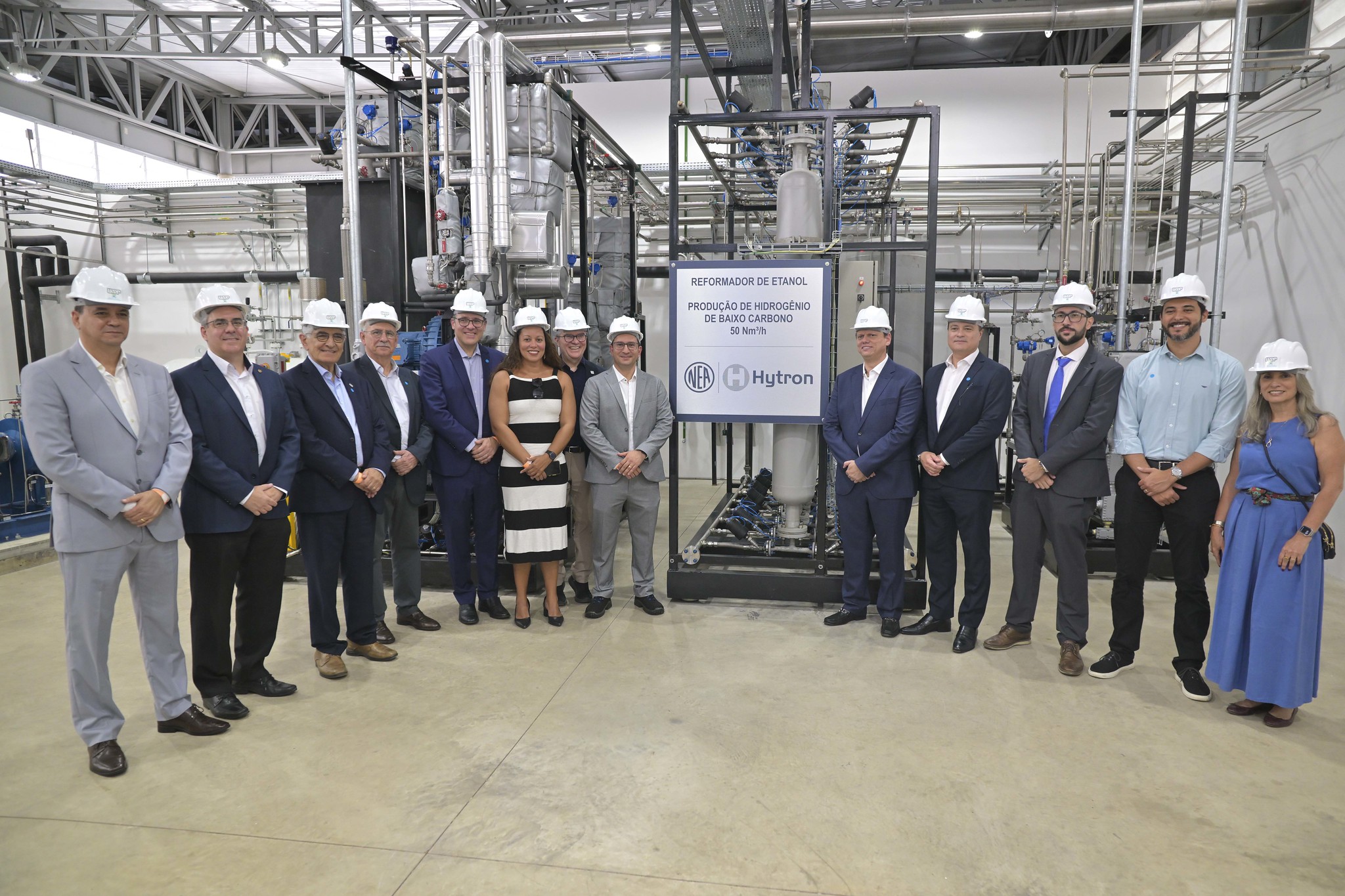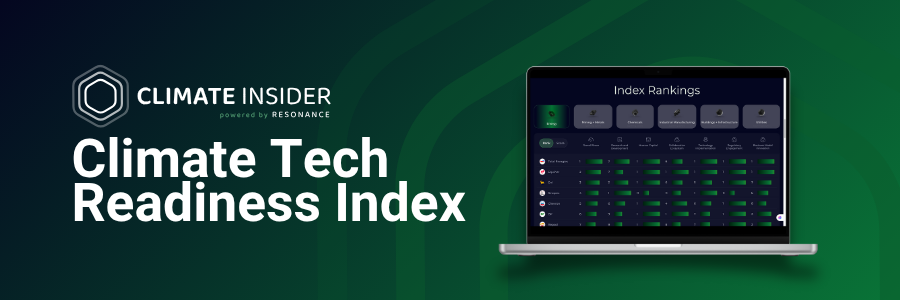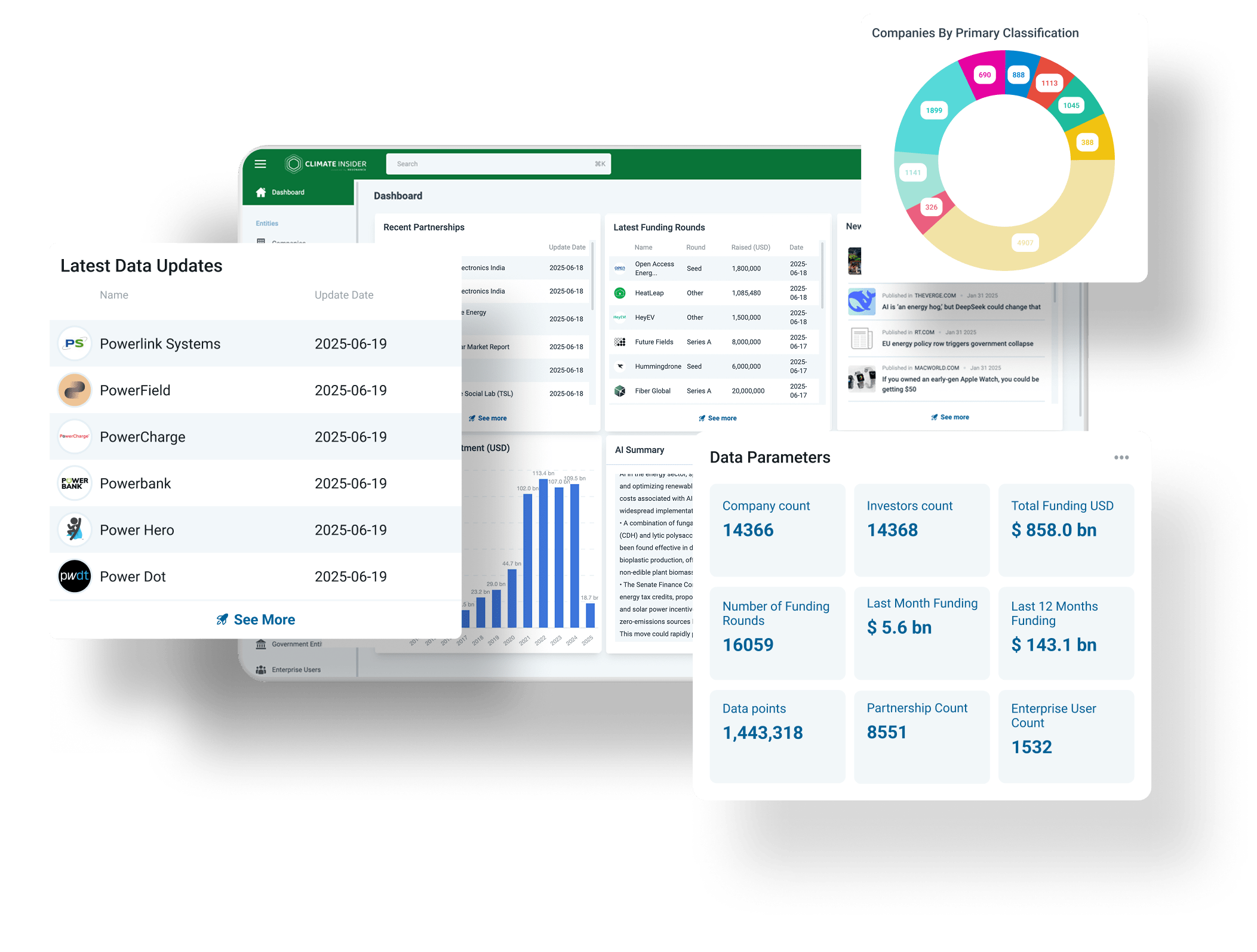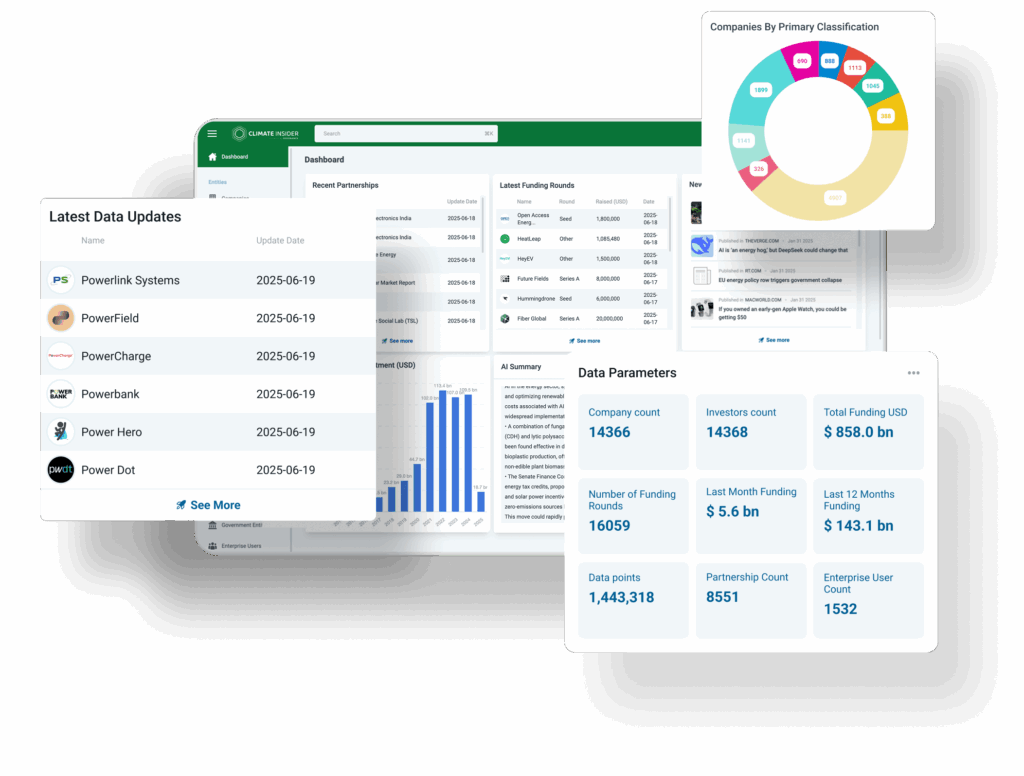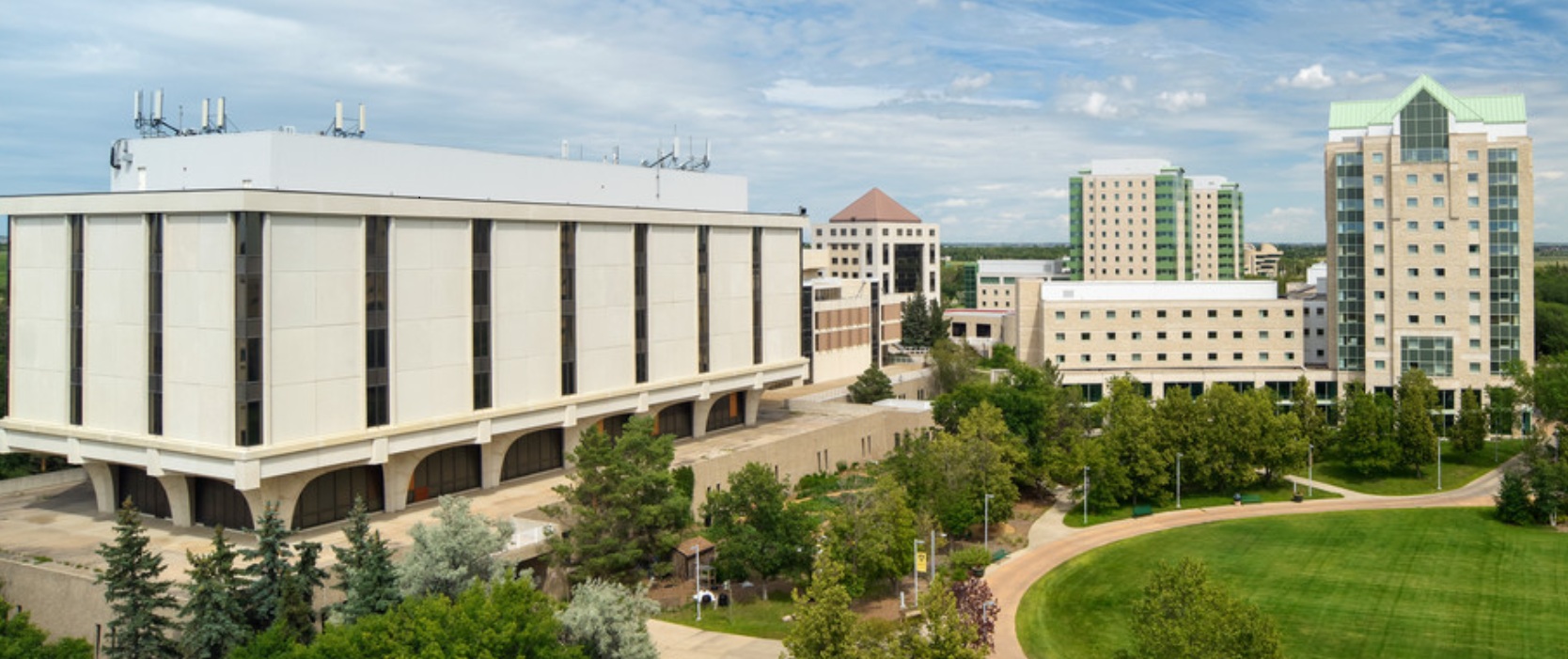Insider Brief:
- Brazil’s University of São Paolo has pioneered ethanol-fueled hydrogen separation.
- The resulting carbon dioxide can be offset by the sugarcane cultivation cycle.
- The fuel will be used for São Paol’s public buses and two test vehicles.
Brazil’s University of São Paolo has tested its first renewable hydrogen plant based on ethanol, the FAPESP news agency reported April 23.
The project is being spearheaded by the Research Center for Greenhouse Gas Innovation, jointly created by FAPESP and Shell at the university.
How Ethanol-Fueled Hydrogen Separation Works
The pilot process involves the steam reforming of ethanol to release hydrogen. The carbon dioxide released in this process can be offset in the sugarcane cultivation cycle, FAPESP reported.

The pilot plant can produce 100 kilograms of hydrogen per day, which will power three buses and two light vehicles, FAPESP said. The light vehicles which will use the fuel are a Toyota Mirai and a Hyundai Nexo.
“We’re promoting a revolution in the energy matrix by demonstrating that it’s possible to produce sustainable hydrogen from ethanol with great logistical efficiency,” RCGI Scientific Director Julio Meneghini said.
Using ethanol to power the creation of hydrogen fuel creates opportunities for industrial decarbonization in high-emission sectors such as steel and cement, Meneghini said.
Brazil’s Strategic Move Toward Global Energy Leadership
Being able to create carbon-free fuel will help Brazil to position itself as a world leader, FAPESP reported USP rector Carlos Gilberto Carlotti Junior as saying.
“The role of universities is to develop technologies that don’t exist yet, so that Brazil can make an energy transition and thus position itself as a first-world country,” he said.
